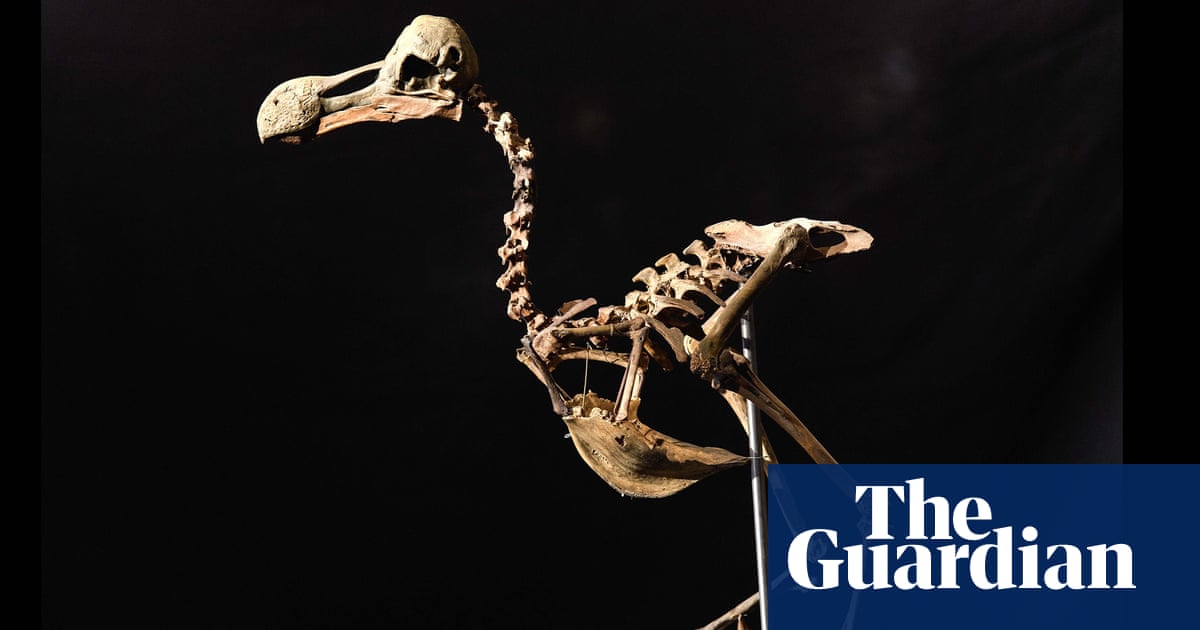
Small gardens are as important as big gardens for conserving bees and other pollinators in UK cities, a study has found.
Worldwide, bee populations are declining. Habitat destruction, pesticide use, and climate change have led to the disappearance of some pollinators, but researchers found that small urban gardens are some of the most pollinator-friendly places.
The study, published in the Journal of Applied Ecology, found that the size of gardens in Bristol had little relationship to the amount of nectar produced.
“Most of the nectar produced in gardens is by a shrub in the corner or a border around the edge of the garden,” said Nicholas Tew, a PhD student at the University of Bristol. “There are some very flower-rich small gardens and some very flower-poor big gardens.”
Previous studies have shown that gardens and allotments are important sources of nectar, the sugar-rich energy source pollinators need, but allotments cover only 1% of cities, and on average 85% of nectar in cities is produced in gardens.
Researchers at the University of Bristol measured the nectar supply of 59 gardens each month from March to October to track the differences between how much food gardens produce for pollinators, and when nectar production peaks.
The flowers identified as producing the most nectar were shrubs. These plants are dense with flowers, making them great nectar resources that can fit into smaller spaces, Tew said.
He added that the common daisy was another pollinator-friendly plant; because of their open shape, they are more accessible to pollinators with short tongues.
The variety of plants between gardens also provided pollinators in urban areas with a stable supply of food throughout the year, researchers found.
“The diversity you get in urban areas is remarkably high, much higher than most natural habitats, even nature reserves,” Tew explained.
“It’s unlikely for two gardens to have exactly the same species of plants, so together gardens create much richer nectar resources than they do individually.”












